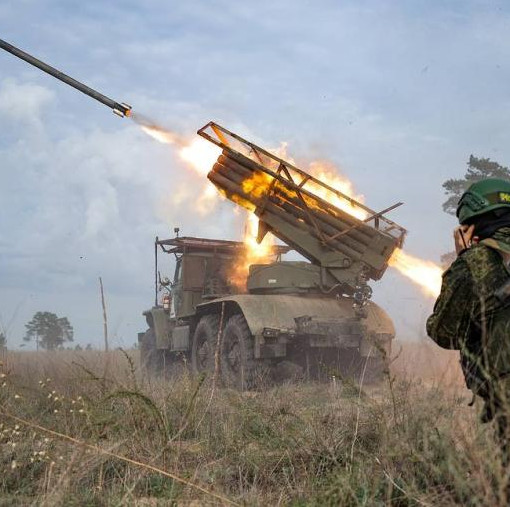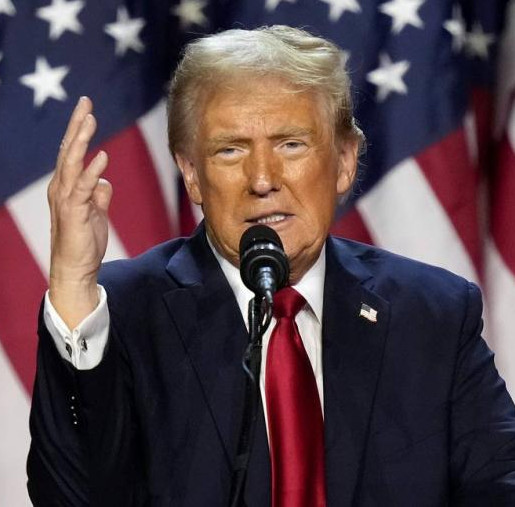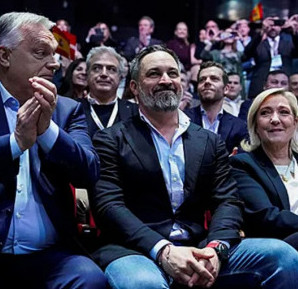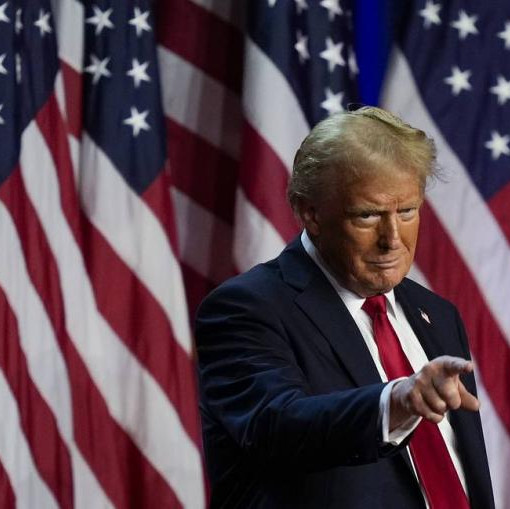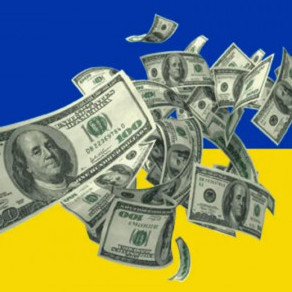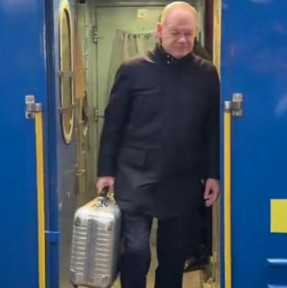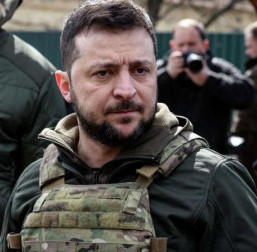Such a formulation of the Eurasian Union’s objectives, declared in the German capital by the Kazakhstani leader, was not by accident. Because you know, the very idea about a new union was accepted in the world not at all unambiguously. Some politicians in the West have clearly interpreted it as an attempt to revive the Soviet Union. So have the Western journalists. Thus, the Italian Il Legno Storto reads: “Attempts to restore the Soviet Union are making a forced march.” The American San Francisco Shronicle echoes it: “Vladimir Putin, the Russian prime minister, carries the idea of creation of the Soviet Union “light”, which as he expects, will become a new powerful group of states under the leadership of Moscow.” Here is the opinion of the Canadian Business: “The Kremlin is talking about the economic club, but if there are common security plans, this organization will be more like a recreated Soviet Union.”
And not only in the West there are doubts expressed about the intentions of Russia, Kazakhstan and Belarus to unite first within the Common Economic Space, and by 2015, also within the Eurasian Union. For example, the head of our partner countries in the CIS, SCO and CSTO – Uzbekistan’s President Islam Karimov said that he sees no need for “integration processes”. In his opinion, associations facilitating the implementation of such processes are designed to take away Uzbekistan’s independence that was won with so much pain and return the republic under the oppression of Moscow.
Here is an excerpt from his December speech: “It’s no secret that in these days various and more active attempts are made to disguise the difficulties that we face, the hard work done by us on the path to independence, and these bright days as well as the meaning and significance of our independence. And, above all, we can see the attempts made in the former Soviet space, to distort the picture by false interpretations in the eyes of young people, who did not live in the time of the old repressive regime and do not have enough information about it. These attempts are designed to produce in their minds nostalgia for the past Soviet times.”
Of course, it is nobody’s intention to drive the country led by Mr. Karimov, in the Eurasian Union by force. As well as other post-Soviet states. Although Kyrgyzstan, and Tajikistan have already announced their desire to join it. Ukraine, which Russia is either convincing, or coercing to a new union, is as yet inclining toward a communication model in the 3 +1 format. Minister of Foreign Affairs of Ukraine Konstantin Grishenko said that in the first place, this formula should be based on the principles of pragmatism and mutual cooperation. But, obviously, not integration.
In any case this is not so important now how many countries express their desire to join the EAC. More importantly is what kind of union they want to create, and what goals it pursues. And how justified are fears that Moscow is trying to use it to restore some semblance of the Soviet Union?
Russian Prime Minister Putin pointed out in his article in Izvestia newspaper that the issue is not about recreating the Soviet Union in one form or another. In his view, “It is naive to try to restore or copy what has been left in the past, but the closer integration on the new value, political, economic base - is the imperative of our time. We propose a model of a powerful supranational union, able to become one of the poles of the modern world and play the role of effective “binding” between Europe and the dynamic Asia-Pacific Region. In particular, this means that on the basis of the Customs Union and CES it is necessary to come to a closer coordination of economic and monetary policy, to create a full-fledged economic union.”
In other words, the Eurasian Union should, in fact, be analogous to the same confederation, which was once offered by Mikhail Gorbachev instead of the Soviet Union. Closer integration is now impossible. In fact, are the leaders, say, of Russia, Kazakhstan and Belarus ready for reunification within a single state? Naturally, they are not.
And this conclusion is the more obvious if we recall the history of the formation of the Union State of Russia and Belarus. This idea originated as back as in 1996, however, despite the tons of integration documents adopted over the years, things scarcely began to move. Due to differences in strategic interests of Moscow and Minsk the project made no progress. Also because of the ambitions: it is clear that neither Yeltsin and Putin, nor Lukashenko had no intention of ceding their positions to a certain president of a newly formed state. Their interests were reconciled only after Nazarbayev’s plan of the Eurasian Union formulated in 1994 was resurrected, which was preceded by the establishment of the Customs Union and the Single Economic Space. As a result, each leader of the Eurasian Union keeps his own interests - that is, retains the power in the state under his jurisdiction, but at the same time receives vast opportunities to promote their own economic interests both in the new common market, and in the foreign one.
The director of the Institute of Kazakhstan’s Nur Otan parliamentary Party, Bolat Baikadamov, noted: “We would like the Eurasian union to be a union, which would have inherited the best of what it was before the Soviet Union, during the Soviet era and one of those projects that were implemented outside the former Soviet Union, in particular - the European Union. It may be said that the Eurasian Union is an eastern analogue to the EU with the legal, economic, humanitarian and cultural components, which is still in draft. And we should strive for this, there’s nothing wrong there, because the European Union deserves to be followed.
Now a supranational authority of the EAC was set up - the Eurasian Economic Commission, which has already started work this February under the leadership of former Russian Minister Viktor Khristenko. The commission, which includes representatives from Russia, Kazakhstan and Belarus, since July 1, will replace the Customs Union Commission. It will have the right to make decisions independently that will be mandatory for all the three countries. However, they must first be agreed at the government level, which means that every step of the integration will be done only with consensus of all parties.
Prospects of the new union promise a lot, but the risks are obvious. “Russia is the largest economy of the Eurasian Union, and our risks are big,” said Khristenko. “Kazakhstan and Belarus have a plus: covering itself, Russia will cover also them. And the transformation of the tripartite market into a unified one will be a plus for us. However, it is less than half of the tasks that lie ahead. The main purpose is to make our countries stronger due to the integration and to act in this capacity outside the regional space.”
In any case, start has been made, and now the three countries that intend to create a Eurasian Union, are to prove that it is an effective, sustainable and long-term formation. Then other countries will undoubtedly try to equal it.
